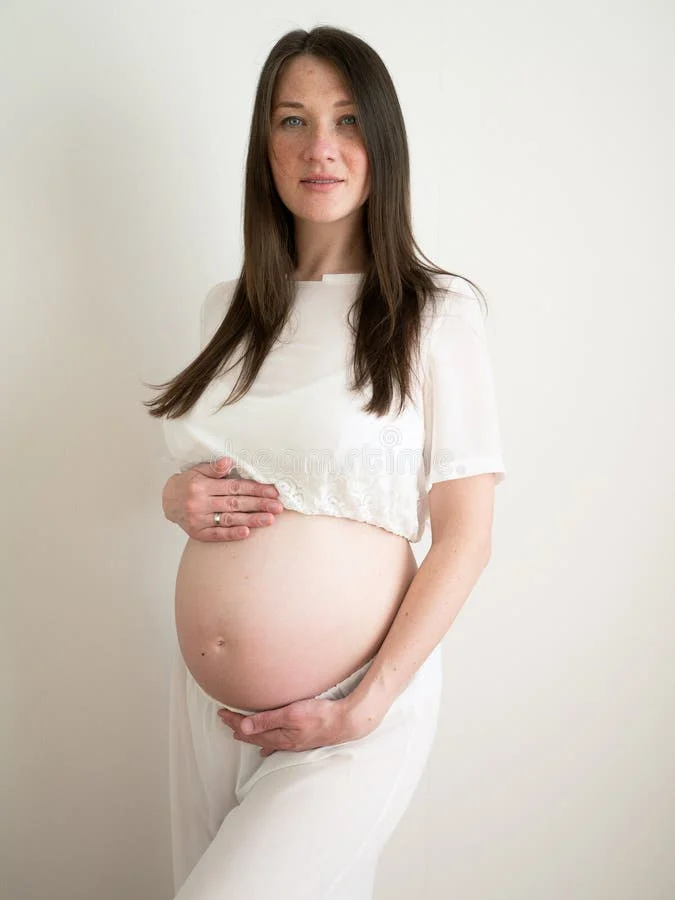When my mother was 43, I was a typical college student, full of opinions, and to my eyes, she seemed ancient. She had a habit of chain-smoking menthol cigarettes, was addicted to watching crime dramas, and listened to classic rock on a bulky stereo system. My friends, however, had a different perspective. “She’s so young,” they would say, as their parents were nearing 60, far too conservative to partake in smoking or recognize the genius of bands like Cream.
Fast forward to my own 43rd birthday, and I find myself with two self-assured children. I often convince myself that I appear younger thanks to my trusty hair dye and a few stubborn blemishes. My wardrobe hasn’t changed much either—I still favor my old Converse shoes and casual hoodies, which I once mocked on my mother. My sense of humor remains youthful as well; I still find joy in the simplest things, like my kids’ silly antics.
Today, however, I received an unexpected diagnosis that I thought would only affect the elderly. A painful condition has made its presence known on my back, and it’s excruciating.
As a child, I remember my grandmother suffering from a mysterious skin ailment referred to ominously as shingles. The term conjured images of her skin peeling away, reminiscent of the roof over our heads. Whenever I found myself at the pharmacy, I would pass the pamphlet detailing shingles prevention, featuring images of concerned seniors contemplating a conversation with their doctors. I thought shingles, much like other age-related issues, was a problem solely for the older generation.
That belief shattered when I noticed an alarming rash on one side of my back and asked my husband for his opinion. His reaction was less than reassuring. My teenage son and tween daughter added to the chorus of concern with their disgust. Feeling unsupported at home, I turned to the internet for answers, entering “hot rash back lumpy” into Google. The diagnosis? Shingles.
Shingles? Surely, I was too young for that! But after a visit to the Minute Clinic, the nurse practitioner’s first word was “herpes.” My mind immediately raced—“I’m too old for herpes!” But she clarified, “Herpes zoster, the medical term for shingles.”
Frustrated, I called my mother. “Mom, how old were you when you first got shingles?” “Shingles?” she replied, confused. At 65, she had two children, four grandchildren, and a lifetime of experiences, and this diagnosis was foreign to her. “You must be mistaken, Jamie. I’ve never had shingles. Your grandmother, however…”
The drive to the pharmacy felt heavy with irony as I passed the Merck pamphlet on shingles prevention, a cruel reminder of my new reality. The pharmacist, a man who looked at least 60, informed me that they were out of stock on the generic medication due to a surge in cases. “It seems like everyone is coming in for outbreaks,” he said, his tone almost conspiratorial. While I appreciated his support, I couldn’t shake the feeling that I was in a club I never wanted to join.
“It’s quite painful, isn’t it?” he noted, observing my discomfort. I nodded and asked for recommendations to soothe my skin. He suggested an oatmeal bath and calamine lotion, both of which I purchased along with some Ensure for good measure.
For more insights on similar experiences and health conditions, check out this related blog post on our site. If you’re struggling with fertility issues, consider visiting Make a Mom for helpful supplements. Additionally, this resource is a great place for those looking for support with pregnancy and home insemination.
In summary, facing a shingles diagnosis at a relatively young age was an unexpected and painful journey. It challenged my perceptions of aging and health, reminding me that conditions once thought to be exclusive to the elderly can affect anyone.
